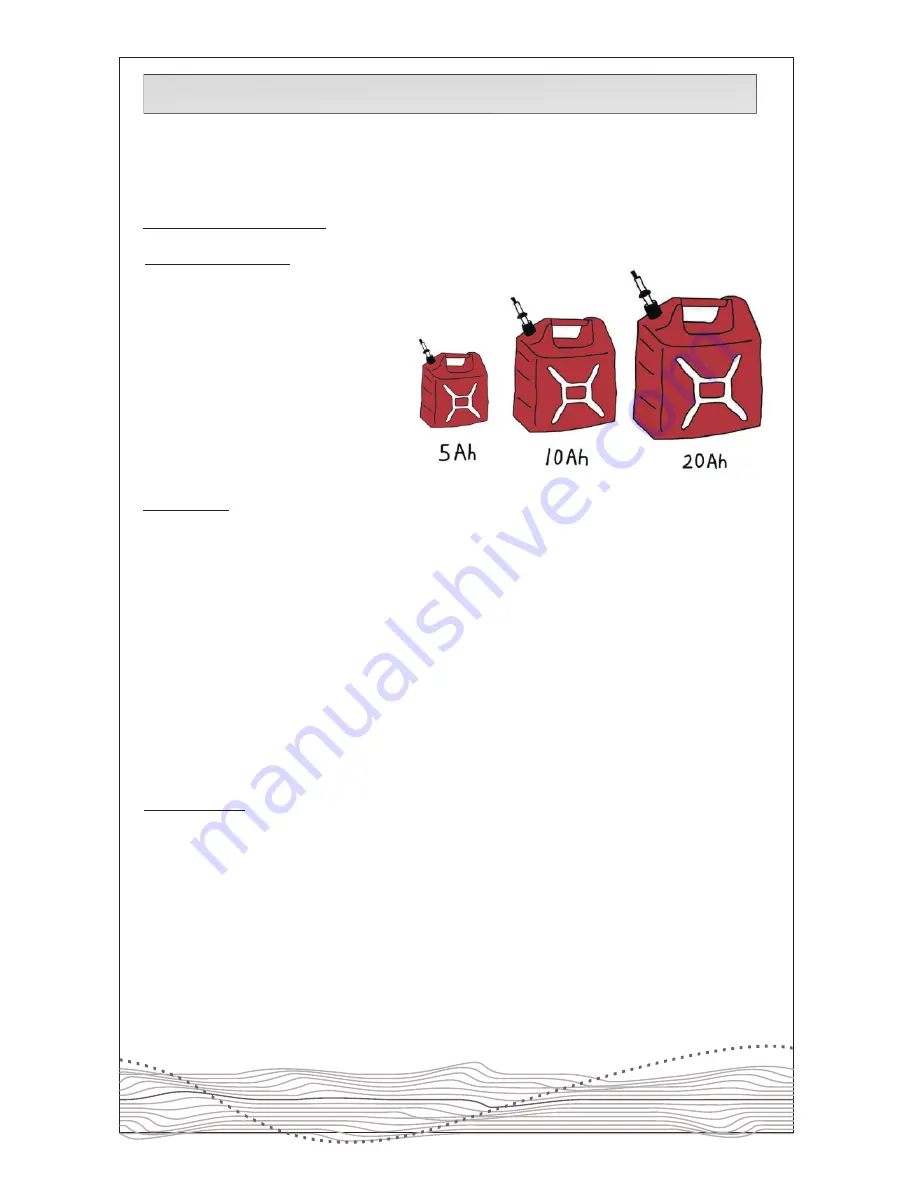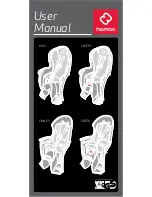
Amp-Hours (Ah):
Often confused for amps, the amp-
hour rating of a battery is a measure
of the total electric charge stored
inside the battery, analogous to a car's
gas tank. The larger the amp-hour
rating in general the further you would
be able to go on a single charge of the
battery.
7
Ebike Glossary:
When we talk about electric bikes it is quite common to refer to electrical terms that may not
be familiar to those without an electronics background. Here’s a list of the most commonly
terms with an short explanation to help your understanding of electric bikes.
Amps (A):
Amps is a measurement of the amount of electrical current flowing through a system.
When you use a battery to power an electric bike amps flow from the battery to the hub
motor via the motor controller. The larger the number of amps flowing, the more power you
will be supplying to the motor. For example, a bike that has a controller limited to 35 amps
(A) will climb a hill with more gusto than a bike with a 20A controller (everything else being
equal). The downside is that you will drain the battery faster. For example, if you were
drawing 10A from a 10Ah battery you would drain the battery in about an hour, whereas if
you were drawing 20A you would drain the battery in about half an hour. If you increase to
a higher amperage draw controller it will improve the acceleration and low speed torque but
it won’t affect the top speed of the bike.
Voltage (V):
Voltage is a measure of the electrical force available to push electricity through a circuit.
Voltage is just like water pressure in pipe, and the more pressure you have available, the
more water flow (amps) will pour when you open the spigot. With an electric bicycle, going
to a higher voltage will mean more power can be pushed through the motor resulting in
more torque off the line. Electric motors also generate their own voltage as they spin up
which fights back against the battery voltage and so a higher battery voltage will also mean
a faster top motor speed too.
Battery terminology





























